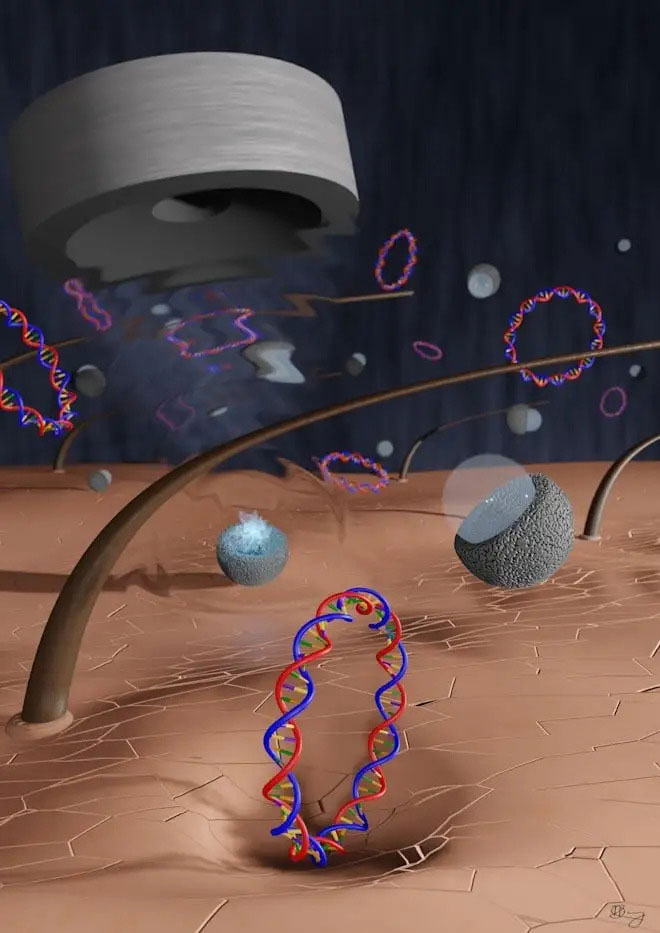Groundbreaking Needle-Free Ultrasound Technology to Revolutionize Vaccine Delivery
Posted on 08 Dec 2023
A significant number of adults and children harbor intense fears of needles, a problematic factor given the reliance of public health on vaccinations, typically administered through injections. In response to this challenge, a novel ultrasound-based technique offers a needle-free and painless solution for vaccine delivery, potentially enhancing immune responses without the discomfort of a jab.
Researchers at University of Oxford (Oxford, UK) are exploring this innovative approach to vaccine administration that eliminates the need for needles. This technique employs an acoustic phenomenon known as 'cavitation,' which involves the formation and rapid collapse of bubbles triggered by sound waves. The team is focusing on utilizing the intense mechanical energy bursts from these collapsing bubbles in three key ways: firstly, to clear pathways through the skin's outer dead cell layer, enabling vaccine molecules to penetrate; secondly, to actively propel the drug molecules through these newly created channels; and thirdly, to permeate the cell membranes, a crucial step for certain vaccine types that need to enter the cells to be effective.

Initial tests on living organisms showed that while the cavitation method delivered substantially fewer vaccine molecules compared to traditional injection methods (700 times less), it surprisingly elicited a stronger immune response. The researchers speculate this increased efficiency might be due to the ultrasonic method targeting the skin, which is rich in immune cells, as opposed to muscle tissue typically targeted by injections. This discovery suggests the potential for a more effective and economical vaccine delivery method, reducing costs and improving efficacy, all while minimizing the risk of side effects.
“In my opinion, the main potential side effect is universal to all physical techniques in medicine: If you apply too much energy to the body, you can damage tissue,” said Darcy Dunn-Lawless, a doctoral student at the University of Oxford’s Institute of Biomedical Engineering. “Exposure to excessive cavitation can cause mechanical damage to cells and structures. However, there is good evidence that such damage can be avoided by limiting exposure, so a key part of my research is to try and fully identify where this safety threshold lies for vaccine delivery.”
Related Links:
University of Oxford














